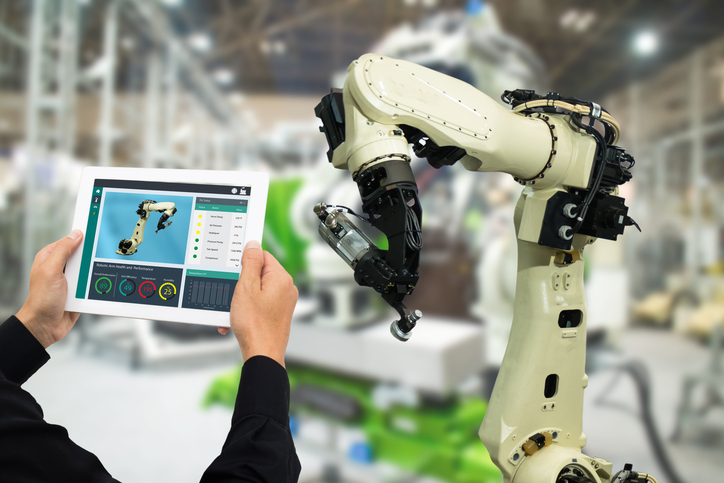Companies everywhere are looking for ways to cut costs and improve efficiencies on the production floor. One of the most common ways manufacturing companies are handling these issues is through the implementation of automated tasks, primarily with robotics. The surface benefits of automation in manufacturing are simple to understand, but it’s important to weigh the costs and benefits of the process as a whole before implementing automation in your business. Below are some additional pros and cons of automation to consider.
Pros of Manufacturing Automation
• Mitigate against shortage of labor – Aside from being able to manage a smaller human workforce, automation protects your business in the off chance that several employees resign from their jobs.
• Improvements in product quality – Precision-machined robots are less likely to make errors in production, thus improving the overall quality of your product and reducing waste.
• Better safety – By removing the chance of human error, an automated process is naturally safer in any company.
Cons of Manufacturing Automation
• Lack of versatility in task completion – Cross-training is a popular tactic to keep workers engaged and feeling valued. It also makes them more versatile to step into other roles on the production floor. On the other hand, a robot has a single function.
• Large upfront investment – Implementing automated processes in a factory incurs large sunk costs at the beginning of the project, including costs of the machinery as well as new training for supervision and maintenance. The company’s viability to make back the money on its investment should be considered before shifting to automation.
• Higher energy costs – Robotic machinery, whether electric or gas-powered, can quickly increase energy bills for the facility, especially if they are running constantly throughout the day.
• Potential for lost government assistance – Local and state governments place their focus on providing more jobs for workers. A company focusing on automation rather than a human workforce might be viewed unfavorably by government officials. The result could be fewer governmental assistance programs, less incentives, etc.
There are certainly plenty of reasons to invest in automation in your facility, if only on a partial scale. However, it’s important to do a full cost-benefit analysis before jumping into a large investment that could have a larger ripple effect on your business in the short and long term. Is your business utilizing automated procedures and equipment? Tell us about them in the comments below.
